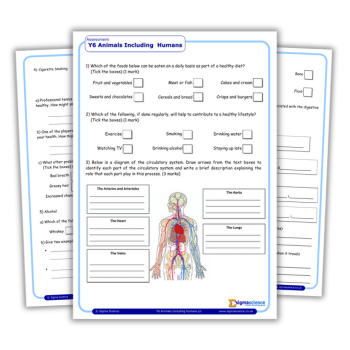Improving Assessment to Boost Student Progress and Reduce Teacher Workload

Becoming head of English in a school in special measures was a daunting task, but one Liane Pitcher has started to turn around to the benefit of staff and students…

When I took over an English department in a school in special measures, there was very little in place to support student progress.
In all honesty, the task was daunting, simply because it was so difficult to know where to start.
Looking at the data, however, gave me a clue: as far as the numbers were concerned, every single student in Key Stage 3 was on track to make at least expected progress. And every single student in Year 10. Clearly, we needed to focus on assessment.
Fast-forward six months and I think we now have the first phase of a system in place that supports and promotes student progress, facilitates accurate assessment and also – importantly – supports staff wellbeing.
Each year group has one standardised formal assessment per half-term, taken at different times.
Each of these assessments has a grid that resembles an exam marking grid attached to it; teachers highlight in green what the student has achieved, then identify one improvement, in pink.
There are no summative comments.
The student then responds by rewriting an identified paragraph, using the teacher’s marginalia to help them.
This has proved extremely effective: students like the clarity it provides; as well as the compact nature of their response, as it enables them to identify clearly where they have managed to achieve the goal set for them.
For some students, it enables them to focus minutely on a specific area of development, leading to some outstanding work; for others, it compartmentalises an otherwise gargantuan task, making it more accessible.
For other marked tasks, we use a similar approach: it has always seemed such a waste to see teacher comments, such as: “Consider Raleigh as a dramatic device” by the side of a piece of work, with no response from the student.
The teacher chooses one area of the work and writes a formative comment, which the student responds to. Although we do read these, we try to avoid the hell that is the triple-marking trap: that way madness lies.
Any issues that arise from a student response are discussed, one-to-one with the student, who then tries again, annotating their attempt to show they understand the progress they have made.
When I first joined my new school, I was dismayed at the amount of books that teachers were taking home, every single night, so I introduced the ‘live marking’ approach.
Initially, I used a pink pen, so that I could identify how much live marking I was actually doing (as opposed to how much I thought I was doing), then I realised how useful this simple change was: I could see at a glance who I hadn’t spoken to that lesson, and that in itself was incredibly useful.
Obviously no-one’s counting, but we aim for an 80/20 split – this way we know that we are all delivering instant, one-to-one individualised feedback to our students for much of the time.
This approach has also reduced the home marking load for my colleagues – I’d far rather they were planning great lessons than plodding through pile after pile of exercise books, with little effect.
The impact of live marking has been significant: students have responded very positively; they feel that they understand much better what they have to do to make progress and they love the individual attention (well, mostly!). And, crucially, their books are showing progress.
I feel that I understand my students’ strengths and weaknesses far better – and this has led to more effective intervention for those students who need it.
This isn’t the end of our focus on assessment: it’s the first stage of it. It needs time to embed and I’ve no doubt it will need a tweak or two, as well. But one thing I have learned in the past six months is the value of having a clear vision and the importance of being confident enough to take things one step at a time.
This evening I spent some time looking at our data.
It may seem odd to say that I’m a great deal happier knowing that not all our KS3 students are on track to make expected progress. But at least I know that this picture is an accurate one – and I also know that we’re now on our way to supporting all our students to achieve their potential.
Liane Pitcher is an English teacher who blogs at lianepl.wordpress.com. You can follow her on Twitter at @LPLFlippedEng.











